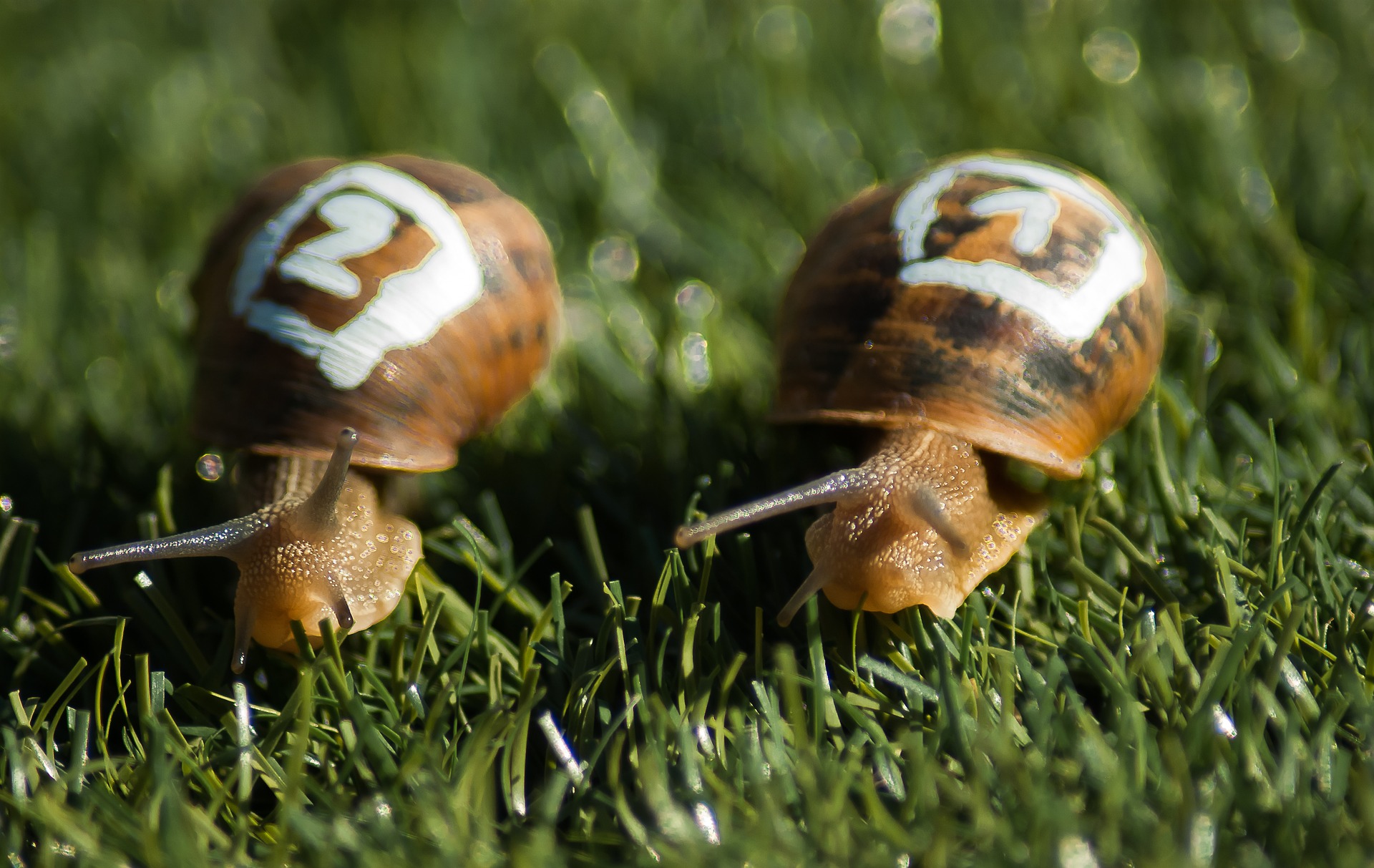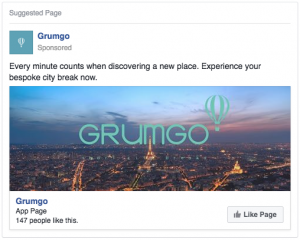
We got a little experimental a couple of weeks ago with Facebook ads. Not that we weren’t already feeling like some kind of digital (mad) scientists – it couldn’t be otherwise, in the world of social advertising, believe me. But this time, instead of testing multiple Facebook campaigns (ad sets and ads) to see which one produced better results, we decided to put to the test precisely the same campaign, only from different ad accounts.
I’ve recently created a new Facebook ad account to promote my side project, a travel app called Grumgo that helps you to plan your city breaks in minutes, designing an itinerary that is perfectly tailored to you. (By the way, if you don’t have time for the planning, but you love city breaks, check Grumgo out.)
In the past, we had noticed that campaigns created with newer Facebook ad accounts took longer to take off and generate good results. Why? Were we doing something different? Or is Facebook’s algorithm suspicious of new ad accounts?
Unless your best friend is a Silicon Valley geek whose only raison d’etre is Facebook, there’s only one chance to figure out the answer: put it to the test.
And so we did!
The experiment
We set two identical Page Like campaigns, one from Shake’s Facebook ad account (which has been running for over 5 years) and one from newborn Grumgo’s ad account. They ran at the exact same time, from Friday afternoon to Monday afternoon.
Here are the details of our campaign:
Audience
Location: United Kingdom
Age: 22-44
Gender: all
Behaviour:
Frequent international travellers
Used travel app within 1 month
Interests: City breaks, city trips, weekend getaway
Placements: Automatic
We created 3 ads with 3 different images and different text. After the first day, we stopped one of them, as it wasn’t delivering.
The results
During the first couple of hours, we observed that Shake’s campaign was performing better. More people reached, more Page Likes and a lower cost. This was starting to confirm our initial theory: old ad accounts guarantee better results.
But it didn’t take too long before Grumgo’s campaign began delivering with similar results. Or, at least, that’s what it looked like. On Monday afternoon, Shake’s campaign ended with 2,065 people reached and 22 Page Likes, while Grumgo’s campaign reached 1,119 people and obtained 19 Page Likes.
Ultimately, our goal was to obtain Page Likes. With 22 and 19, we can say that the campaigns delivered similar results. Even, we dare to say, Grumgo’s campaign outperformed Shake’s, as it obtained more than double Page Likes, taken into account the number of people reached.
Yet the most interesting aspect of our experiment is the cost. Grumgo’s campaign cost more than Shake’s. There was a substantial difference here: £1.01 per Page Likes against £0.68 and £17.18 per 1,000 people reached against £7.24.
Our conclusions
While our initial assumption may have not been completely confirmed (both campaigns achieved a similar number of Page Likes), what has emerged is that running an ad campaign with an older* ad account can benefit our campaign in terms of costs and brand awareness, given the considerable number of extra people reached.
*Older: not just old in time, but with a record of campaigns run.
